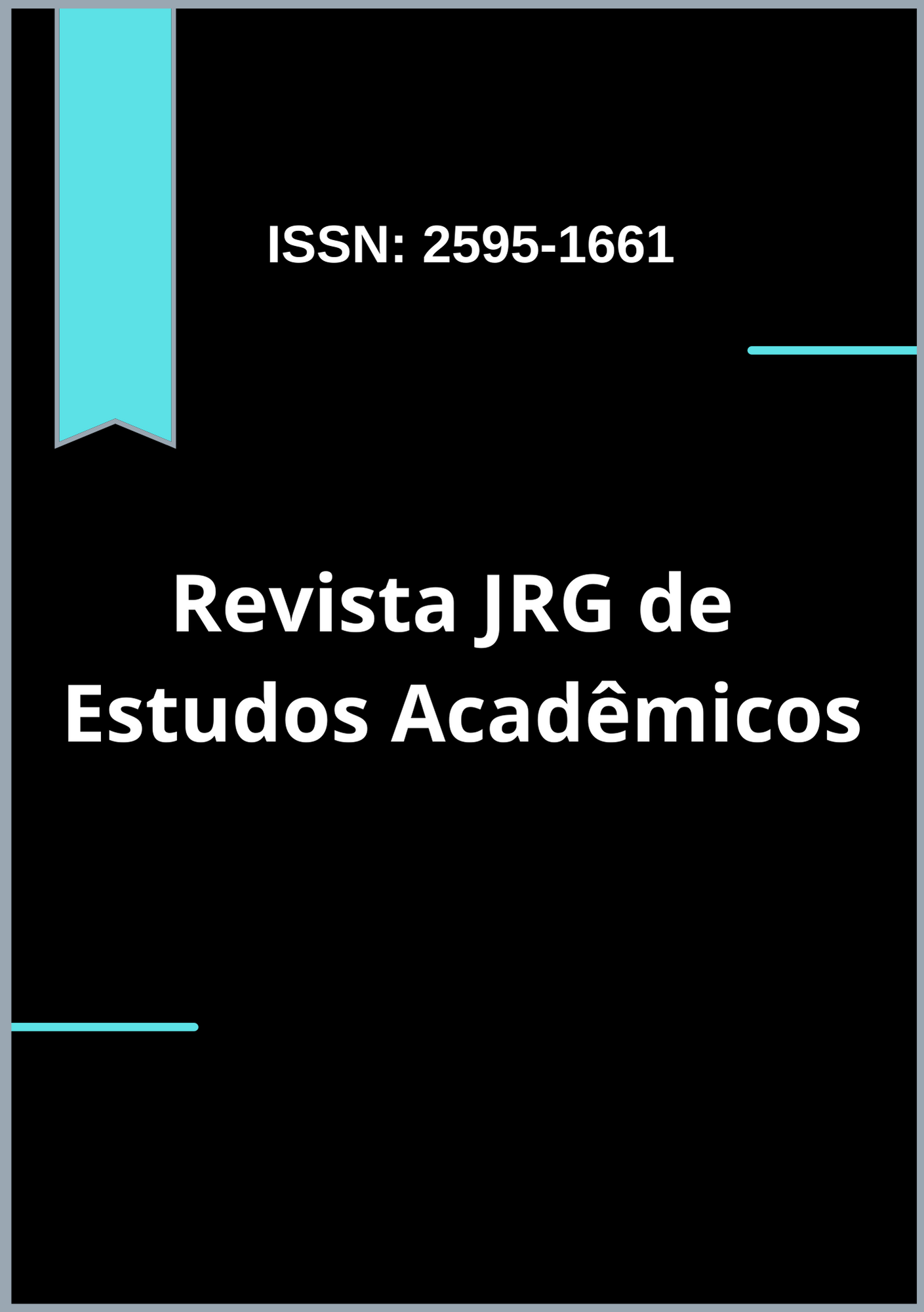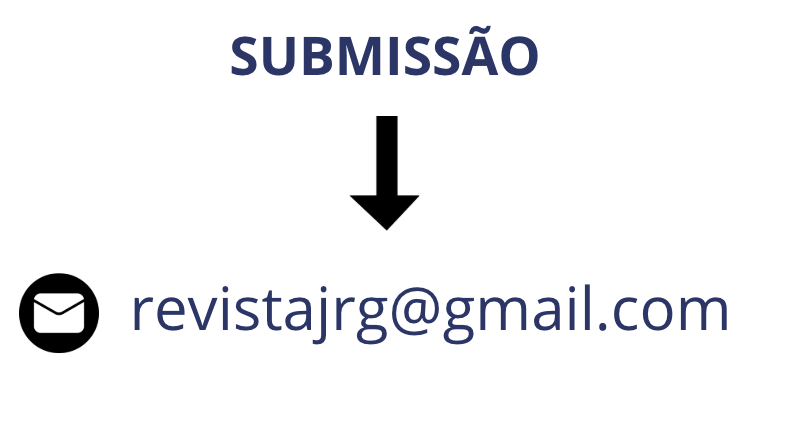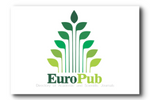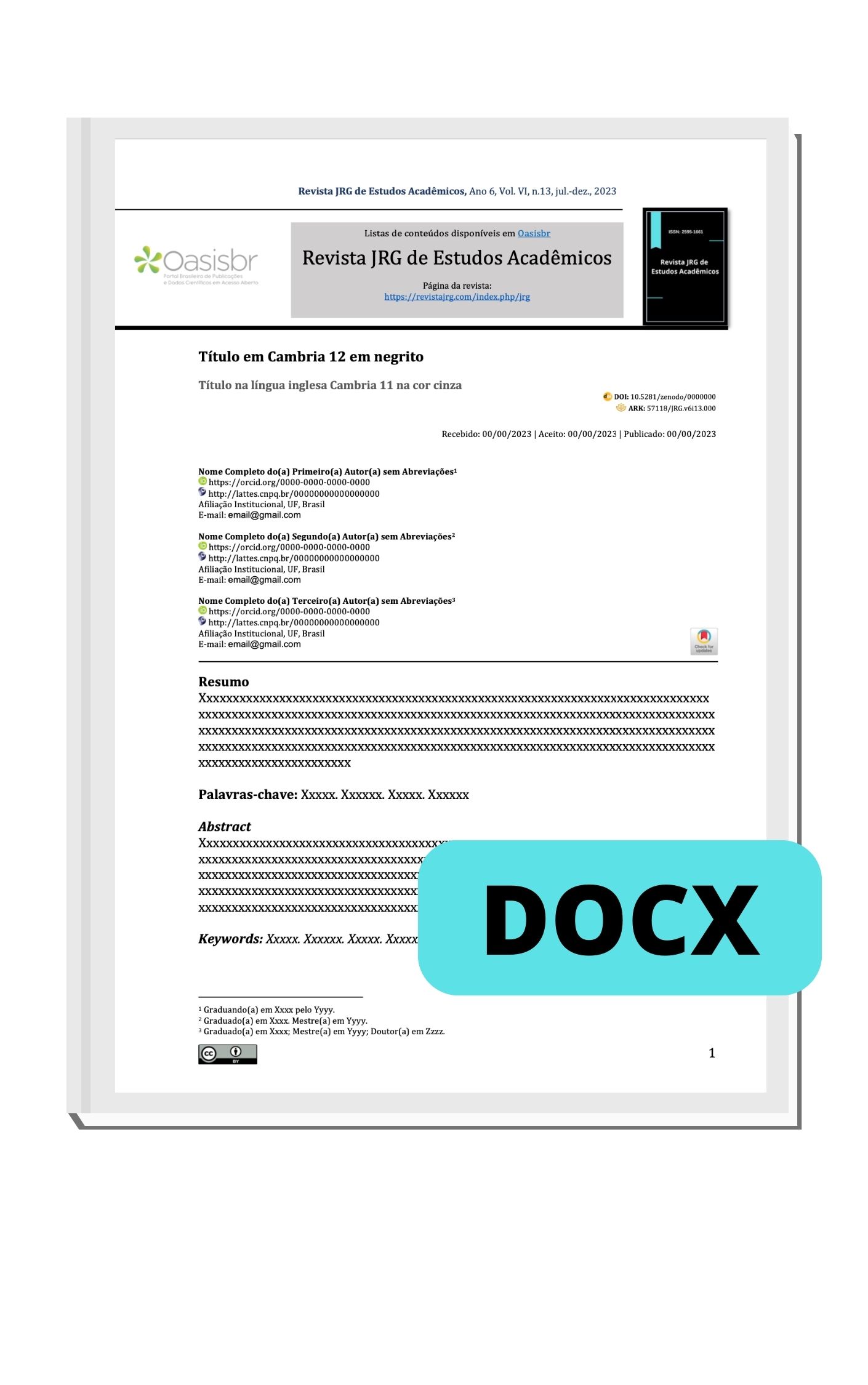Brazilian law’s Geographical Indication institute and its tolerance to the word “type" in the trademark
DOI:
https://doi.org/10.55892/jrg.v6i13.748Keywords:
Geographical Indications, Civil right, Ministry of Agriculture and Livestock, Europe Mercosul agreementAbstract
This article seeks to explain the tolerance, in Brazilian law, to foods that do not use the seal of Geographical Indications, but remain being marketed, provided that under the nickname of the word "type" added to the name of the legitimate Geographical Indication. Moreover Ordinance No. 146 of March 7, 1996, issued by the Brazilian Ministry of Agriculture, which regulates the production of cheese in the country, as well as Normative Instruction No. 22 of November 24, 2005, which allows products of animal origin manufactured according to technologies characteristic of different geographical places, was indicated. In order to obtain products of animal origin with sensory properties similar or similar to those typical of certain recognized areas, the designation of the product of animal origin must include the expression "type", with letters of the same size, prominence and visibility as those corresponding to the name approved in the regulation in force in the country of consumption, in non-compliance with international treaties. The paper evaluates these deformities that must be resolved for compliance with international legislation on the defense of Geographical Indications and in the light of the recent Mercosur agreement, European Union.
Downloads
References
ABRANTES, Maria Rociene. Regulamentação da denominação de origem protegi-da de queijos da Espanha e sua aplicação em queijo de coalho. 2016.
AYRES, Ian; BRAITHWAITE, John. Responsive regulation: Transcending the de-regulation debate. Oxford University Press, USA, 1992.
BRASIL. Lei de Propriedade Industrial (Lei nº 9.279 de 14 de maio de 1996)
BRASIL. Decreto nº 11.099 de 21 de junho de 2022
BRASIL. Ministério da Agricultura e Pecuária. Portaria nº 146 de 7 de março de 1996.
BRASIL. Ministério da Agricultura e Pecuária Instrução Normativa nº 22 de 24 de novembro de 2005.
CABRAL, Danièle Hervé Quaranta. A indicação geográfica no segmento de queijo artesanal no Brasil e na França: estudo comparativo das IP Canastra e AOP Ca-membert de Normandie. 2018. Tese de Doutorado. Tese de Doutorado em Propri-edade Intelectual e Inovação, INPI. Rio de Janeiro. 2018. 277p.
CONFEDERAÇÃO NACIONAL DA INDÚSTRIA. Publicação: propriedade industrial aplicada: reflexões para o magistrado. – Brasília CNI, 2013. 215 p. : il. ISBN 978-85-7957-08
MENDONÇA, Dannyela; PROCÓPIO, Diego Pierotti; DOS SANTOS CORRÊA, So-lange Rodrigues. A contribuição das indicações geográficas para o desenvolvi-mento rural brasileiro. Research, Society and Development, v. 8, n. 7, p. 13, 2019.
RUIZ, Pedro do Amaral Fernandez; TRENTINI, Flavia. As indicações geográficas no acordo entre Mercosul e União Europeia. 2019.
SIEWERT R. e AVENI A Indicação Geográfica e seus impactos socioeconômicos e culturais por meio do estudo de caso da Região de Corupá. Revista Coleta Cientí-fica, 4(7), 28–45. https://doi.org/10.5281/zenodo.4734697. 20-06-2020.
VALENTE, Maria Emília Rodrigues et al. Indicação geográfica de alimentos e bebi-das no Brasil e na União Europeia. Ciência Rural, v. 42, p. 551-558, 2012.











































